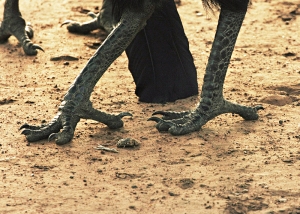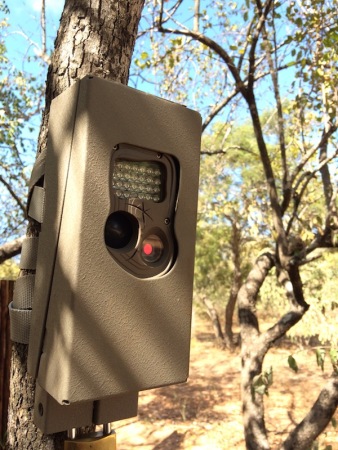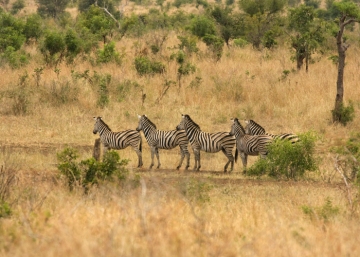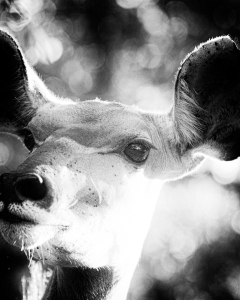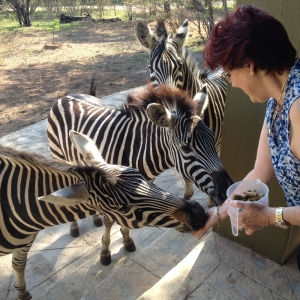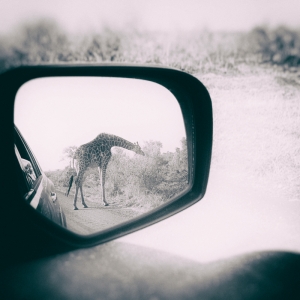 This is a rare sight; a group of five Southern Ground Hornbills all out in the open together.
This is a rare sight; a group of five Southern Ground Hornbills all out in the open together.
The Ground Hornbill is not quite officially endangered, but it is listed as vulnerable. They’re seen moderately often in Kruger, but usually only 2 or 3 at a time, stealthily stalking through the bush. You rarely get an up-close encounter like this.
These are big birds. They are about a metre long, and weigh several kilograms. But in spite of their size and their name, they can fly when they need to. And they do nest in trees.
But most of the time the Ground Hornbill is down on the ground looking for lizards, snakes and small mammals up to about squirrel size. And they are expert hunters, and lethal killers with their heavily clawed feet and that massive, deadly bill.
These birds live to about 70 years! So there are some Ground Hornbills out there who are older than rock & roll. Sometimes you can pick out the oldest individuals, because they are the ones humming The Boogie-Woogie Bugle Boy of Company B by the Andrews Sisters, and muttering about the good old days.
But this time they reminded Les of something a little closer to contemporary. Robert Palmer’s Simply Irresistible.
Anyway, we love them. Love seeing them stalking along, love hearing their foghorn-like booming calls. Ground Hornbills rock! Even the ones that’re older than that.


